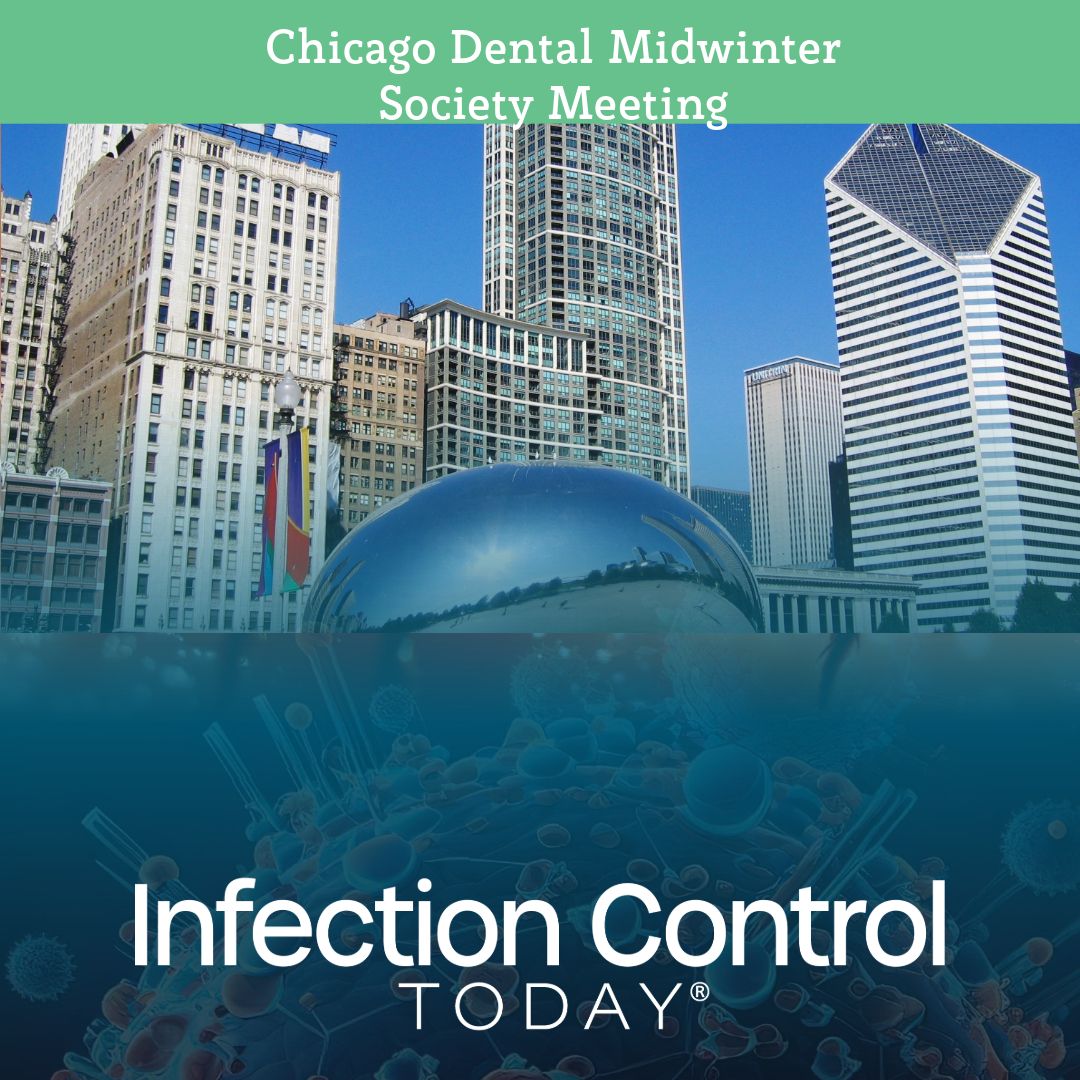Herpes and Dentistry: A Silent But Serious Concern
Herpes infections pose significant risks in dentistry. JoAnn Gurenlian, RDH, PhD, presented prevention, treatment, occupational hazards, and a potential breakthrough in gene therapy that could revolutionize herpes management at the Midwinter Meeting.
Chicago’s Dental Society Midwinter Meeting
(Adobe Stock 7622055 by abricotine)

Herpes simplex virus (HSV) infections, often dismissed as minor cold sores, pose significant risks in dental settings. The virus can spread through direct contact, saliva, and contaminated surfaces, remaining viable on inanimate objects for up to 72 hours. Dental professionals, who regularly work in close proximity to patients’ mouths, face occupational exposure risks that can lead to painful infections like herpetic whitlow and ocular herpes.
In a recent presentation at the Chicago Dental Society’s Midwinter Meeting held from February 19 to 22, 2025, JoAnn Guernlian, RDH, PhD, the director of education and research for the American Dental Hygienists Association shared critical insights on the importance of patient education, prevention strategies, and treatment options to manage herpes infections effectively.
Educating Patients: Breaking the Stigma
Guernlian emphasized that one of the biggest challenges in managing herpes infections is patient awareness. Many individuals fail to recognize the risk of viral transmission through everyday habits like sharing water bottles, lipsticks, or even toothbrushes. Patients with active lesions may unknowingly spread the virus, resulting in reinfection or transmission to others.
Dentists play a crucial role in educating patients on best practices, including discarding toothbrushes and lip products after an outbreak and using separate washcloths for the face and body. Additionally, patients should be informed about the potential risks of viral shedding—even after the lesion has healed.
Beyond prevention, many patients hesitate to disclose a history of herpes due to stigma. While cold sores are commonly associated with HSV-1, the term "herpes" is often misunderstood as referring exclusively to sexually transmitted infections. By fostering open, nonjudgmental conversations, dental professionals can create a safe space for patient.
"Talk to your patient about how uncomfortable that may be if I treated you and spread that [herpes] virus around your mouth; it's going to be even worse," Guernlian explained. "Be sure they understand what you're talking about...and make sure they understand that you are at risk of getting an infection because [they have] the virus."
Guernlian continued, "Use extra PPE. Be fully covered for your own safety, wear your mask, and only utilize the instruments that are absolutely necessary. Wash your hands frequently, and ensure that the patient and babies wash their hands before treatment. After treatment, educate the patient as well. Take it very seriously. Patients often don't think much of it, but you need to in order to avoid the risks."
Treatment and Preventative Therapies
For patients who experience frequent outbreaks, antiviral medications such as Acyclovir, Valacyclovir, and Famciclovir can help reduce the severity and frequency of lesions. In some cases, preventive therapy is recommended, particularly for immunocompromised individuals, such as cancer patients undergoing chemotherapy.
Recurring herpes outbreaks have also been observed in individuals recovering from COVID-19. Some patients report experiencing monthly flare-ups after multiple COVID-19 infections. This has prompted healthcare providers to consider long-term suppressive antiviral therapy for those suffering from persistent outbreaks.
Protecting Dental Professionals: Occupational Risks and Precautions
Dental professionals are at high risk of exposure to HSV, particularly through aerosolized particles and direct contact with infected patients. Ocular herpes, a severe form of the virus that can lead to blindness, is a growing concern. Strict adherence to infection control protocols—including the use of face shields, N95 masks, and frequent handwashing—can significantly reduce transmission risks.
If a dental provider has an active herpes lesion, additional precautions must be taken. Covering the lesion, obtaining patient consent for treatment, and avoiding immunocompromised patients are critical steps to minimize risks. Additionally, employers should implement clear policies to support infected staff members while ensuring patient safety.
The Future of Herpes Treatment: Gene Therapy Offers Hope
A groundbreaking gene therapy study shows promising results, with researchers reporting a 90% reduction in oral and genital herpes infections. If clinical trials continue to yield positive outcomes, this could revolutionize herpes management, potentially eliminating recurrent outbreaks.
While a definitive cure for herpes remains elusive, advancements in gene therapy provide a glimpse of hope for patients and healthcare providers alike. Until then, dental professionals must remain vigilant in preventing transmission, educating patients, and advocating for safe and effective treatment options.
Herpes may be a common virus, but with the right strategies, its impact on dentistry can be minimized—protecting both patients and practitioners.